Popular island safari: Night-time expedition shows Seychelles’ endemic palm forest
General |Author: Sharon Meriton-Jean and Sharon Uranie | April 23, 2017, Sunday @ 10:58| 5211 views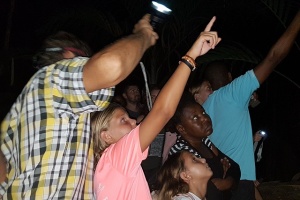
Exciting visitors as they spotted another insect living in the Vallee de Mai (Seychelles News Agency)
(Seychelles News Agency) - An annual night safari in the Seychelles’ endemic palm forest reserve of the Vallée de Mai seems to be gaining popularity, as the event attracted a record number of participants last month.
The Seychelles Islands Foundation (SIF), a public trust which manages the site, welcomed more than 100 visitors on the expedition, which was scheduled to coincide with Earth Hour on March 25.
Initiated by the SIF in 2012, the night safari -- usually held once a year, but has been held twice a year on some occasions -- is aimed at highlighting the importance of protecting the forest and its inhabitants.
Visitors participating in last month’s edition, the ninth such activity to be organised over the last five years were not disappointed, as a large variety of wildlife could be spotted during their two-hour walk along the forest which spreads over 19 hectares of land.
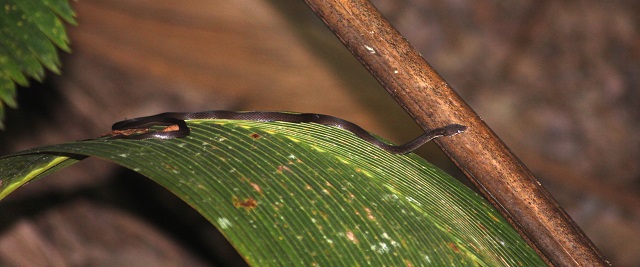 |
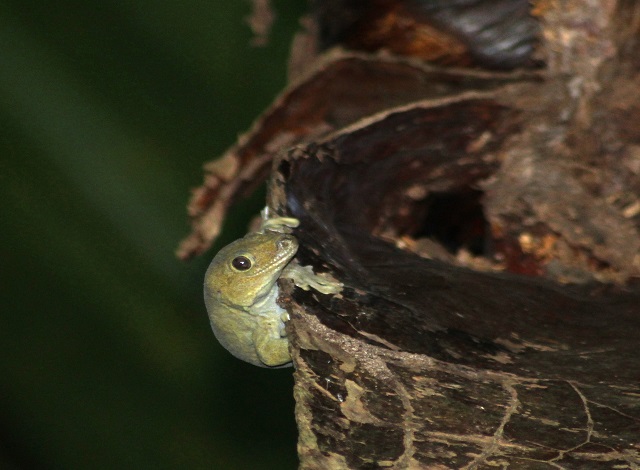 |
| The annual night safari was a night of many discoveries. (Seychelles News Agency) Photo License: CC-BY |
Jeanine Rouillon, a Seychellois national who has not visited the Vallée de Mai for almost ten years, described the night safari as an eye opener.
“By the end of the walk, I started to learn how to spot the insects. I even saw a chameleon inches from our heads, which was great,” Rouillon who was accompanied by her two nieces told SNA.
Indian national Amanthraddy Singiraddy was especially proud of the snaps he took during the safari. “Even the small streams were teaming with crabs and shrimps,” he said to SNA.
Accompanied by his wife and eight-year-old daughter, Singiraddy said that the forest appeared very different at night.
Vallee de Mai is a UNESCO World Heritage site found on the Seychelles’ archipelago’s second-most populated island, Praslin. Exploring the clearly marked trails of the unique palm forest, one is sure to come across the endemic coco-de-mer palm, which bears the largest nut in the world, as well as other endemic plant and animal species.
The visitors who joined the safari included representatives from different workplace, schools and other groupings on the island. Equipped with flashlights, the 105 people were divided into three groups and guided along separate trails.
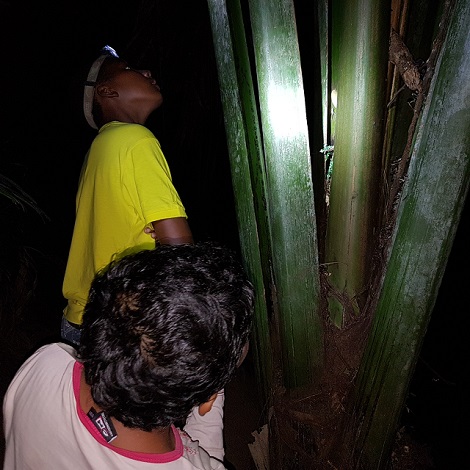 |
| Quick flash on a slug before moving on to find other inhabitants of the World Heritage Site (Seychelles News Agency) Photo License: CC-BY |
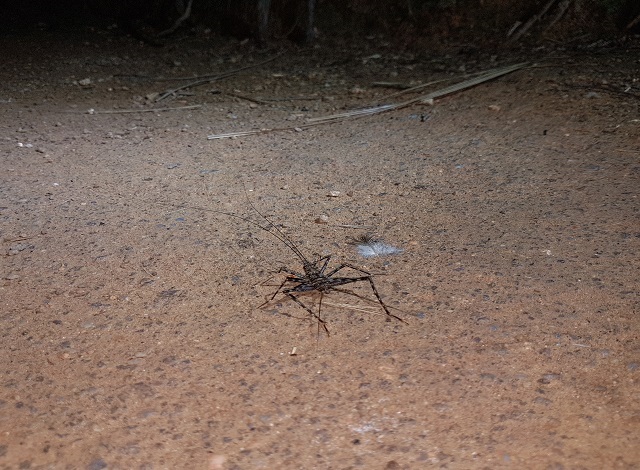 |
| Some of the insects are endemic to the palm forest and some such as this cricket are rarely seen during the day (Seychelles News Agency) Photo License: CC-BY |
When one insect was spotted, the lights were switched off and the hushed intruders indulged in watching the wildlife for a few moments before moving on.
The night out in the forest produced nervous shrieks of adults and children intermingling with that of crickets, while spiders and other nocturnal insects could be seen as they came out to feed -- undeterred by the lights. The rustling of gigantic leaves in the darkness and crackling sounds of dead branches, added to the eerie atmosphere of the forest already steeped in local folklore and ghost stories.
White slugs and endemic snails were most commonly spotted during the activity, along with a few pleasant sights, such as the pink mushrooms along the trail.
It was also a night of many firsts, including the spectacle of a giant bronze gecko which was spotted licking flowers of a female coco de mer palm.
“We have long suspected that geckos play a role in pollination but it is rare for anyone to see them feeding on the nectar of female flowers,” Marc Jean-Baptiste, the Manager of the Vallée de Mai told SNA.
Jean-Baptiste who was also acting as one of the three guides said that more wildlife would have been spotted, had it rained the previous night or during the day.
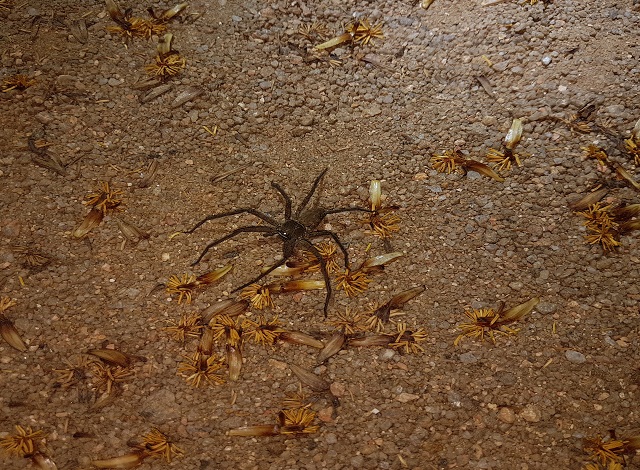 |
| Spiders were common during the 9th night safari (Seychelles News Agency) Photo License: CC-BY |
A local guide for more than 40 years and a regular at such activities, Gemma Jessie, described this year’s first night time event as “the best one so far, as we have seen more night life than ever before.”
One of the most sought endemic species that night -- the house snake – chose to make its appearance at the very end of the two hour walk.
Spotted by curious children in the group, the house snake was observed near a small creek, lying on a thief palm locally known as ‘latannyen fey.’ Unimpressed by the interest, it laid inert waiting for its dinner, while a few Seychelles’ tree frogs could be heard nearby competing for a female, by making the loudest croak.
Commenting on the interesting discoveries observed by the participants, one of the organisers of the night safari, Maria Brioche, said: “During the day, the forest is full of visitors and some of these creatures prefer to stay hidden but at night they are rarely disturbed.”
With the increasing interest observed through the record turnout for this first safari in 2017 as well as the increasing variety of wildlife spotted, the Seychelles Islands Foundation has indicated that it intends to review the number of participants that can join such expeditions at any one time.
Back
